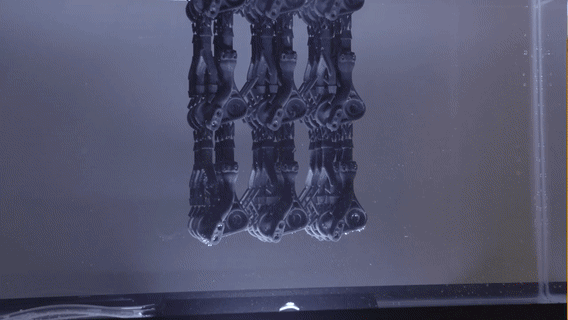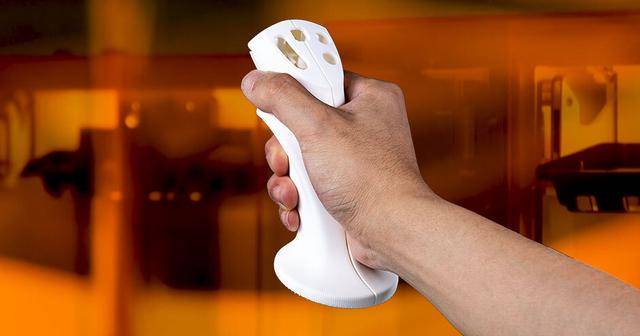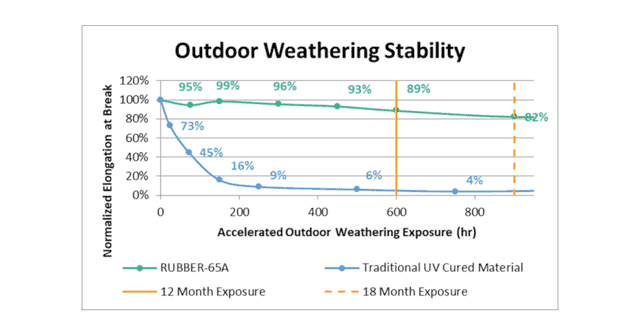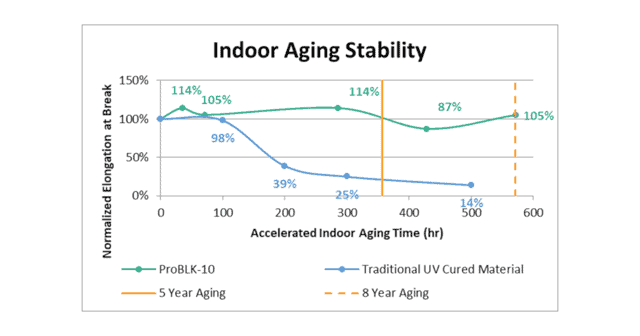Advancing additive manufacturing performance with a new range of groundbreaking, production-capable photopolymers that deliver exceptional mechanical properties and long-term environmental stability for end-use parts and production applications.

Superior Aesthetic Part Quality
Photopolymer-based 3D printing technology (include hardware) is recognized within the additive technology industry to deliver the smoothest surface quality, finest detail resolution and most realistic looking plastic parts – similar to injection molded quality parts.
 Excellent Overall Versatility
Excellent Overall Versatility
Photopolymer-based 3D printing is also known for its overall versatility, including relatively low initial acquisition cost, efficiency, simplicity of printing and system maintenance, relatively fast print speeds with small/medium space footprint.
Material Performance & Part Longevity
Despite over 25 years of use, photopolymer part performance and longevity has mainly been limited to design prototyping. Mechanical performance of printed photopolymer parts tends to degrade rapidly, especially when exposed to additional UV and humidity environments. Parts typically remained useful only for days and weeks. This has now been solved with the introduction of new environmentally stable photopolymers
3D Systems is now elevating 3D printing to new levels of performance with its Figure 4 3D printing materials. Ultra-fast print speeds, batch-run processing, isotropic strength and part quality comparable to injection molding are now combined with patent-pending material chemistry that ensure printed parts remain functional and stable for prolonged durations in any environment.
Patented Material Chemistry Delivers Long-Term Mechanical Performance and Stability – Indoor and Outdoor
The latest Figure 4 3D printing materials feature patent-pending chemistry advances that ensure long-lasting indoor stability and mechanical performance.
Typical photopolymer 3D printed parts feature a rapid decline in mechanical property performance immediately after printing.
In contrast, 3D Systems’ production-capable Figure 4 materials exhibit very similar out-of-printer tensile strength (MPa) and impact strength (J/m) even after 8 years of accelerated indoor aging tests and after 1.5 years of accelerated outdoor weather tests, per ASTM D4329 and ASTM G194 testing methods.


